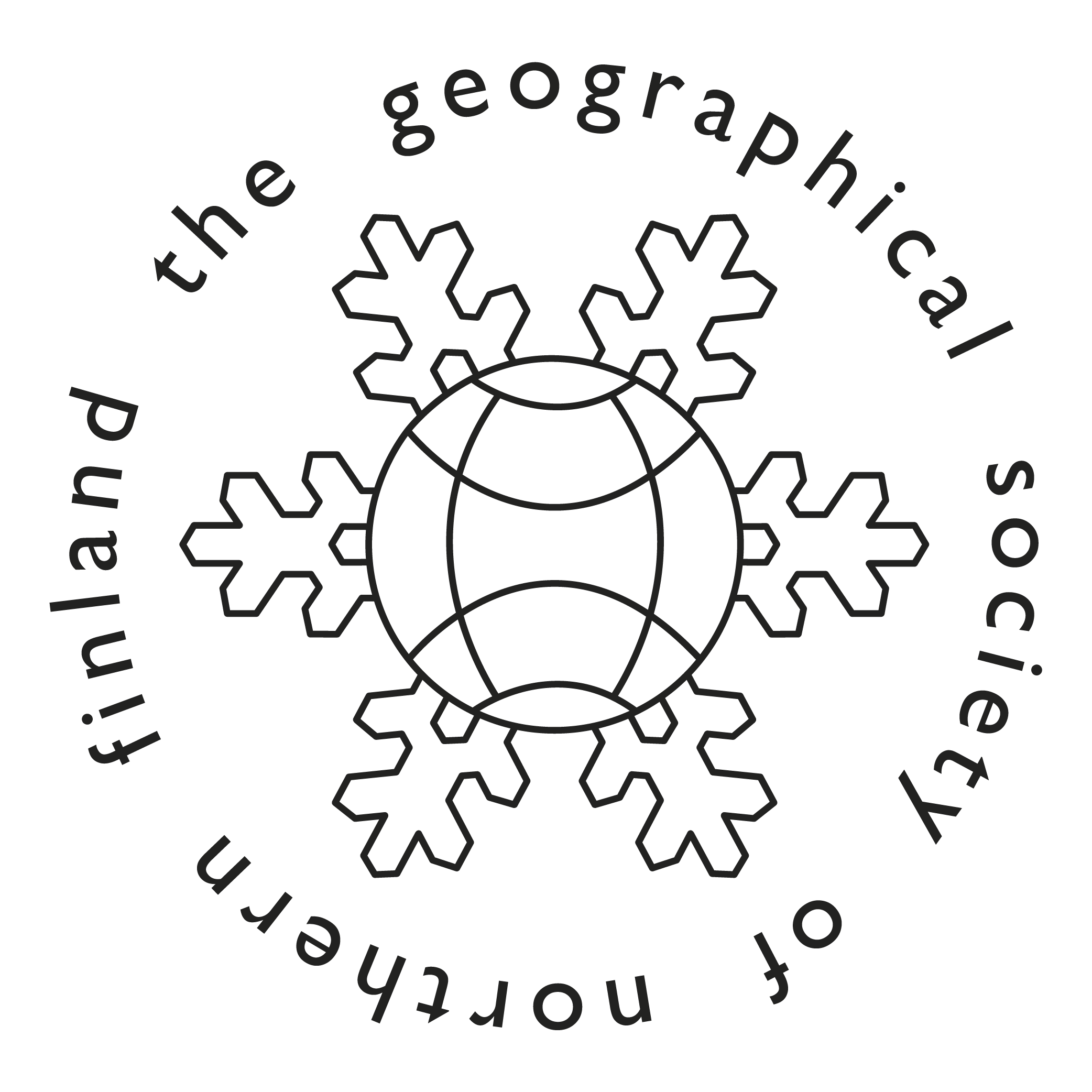Resorts and regional development at the local level: a framework for analysing internal and external factors
Abstract
In a declining periphery, tourism is usually seen one of the most promising industries to vitalize the regional economy. The demand and supply of tourism has, however, a tendency to accumulate spatially and temporally in resorts. Due to the progressing of tourism, resorts are considered places for the accumulation of capital, enterprises, jobs and permanent population. Actually, they are expected to become nodes for regional development in a wider geographical area, particularly in a periphery. The paper scrutinizes resorts and their role in regional development at the local level. The emphasis is to discuss internal and external factors which influence the effectiveness of that role. As a result of the study, a framework for analysing the above-mentioned factors is presented. In the framework, the internal factors cover the seasonal fluctuations, size, development stage and original base of resorts, whereas the external factors are comprehended in the socio-economic environment as well as regional structure and accessibility around the resorts at the local level.






